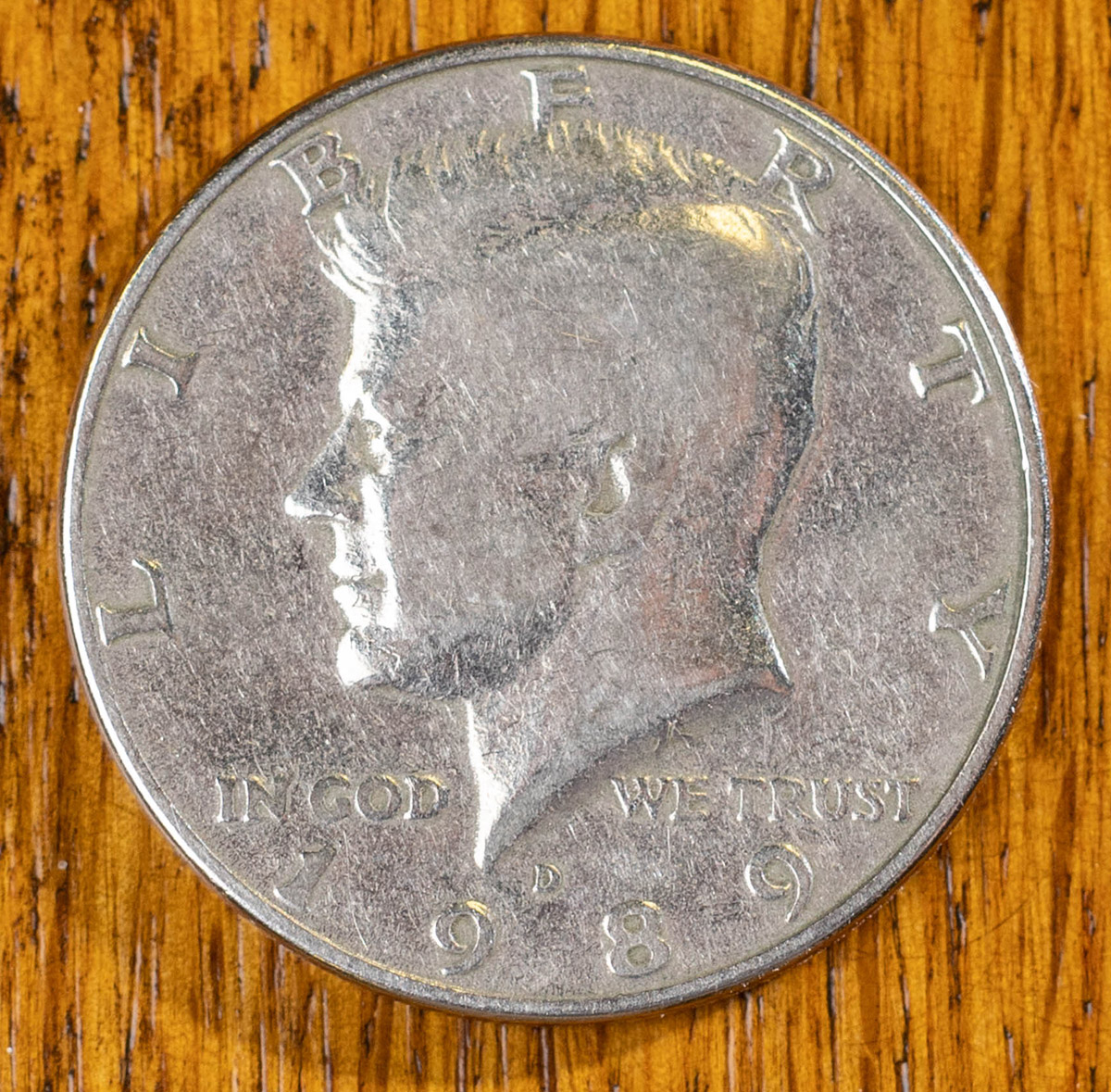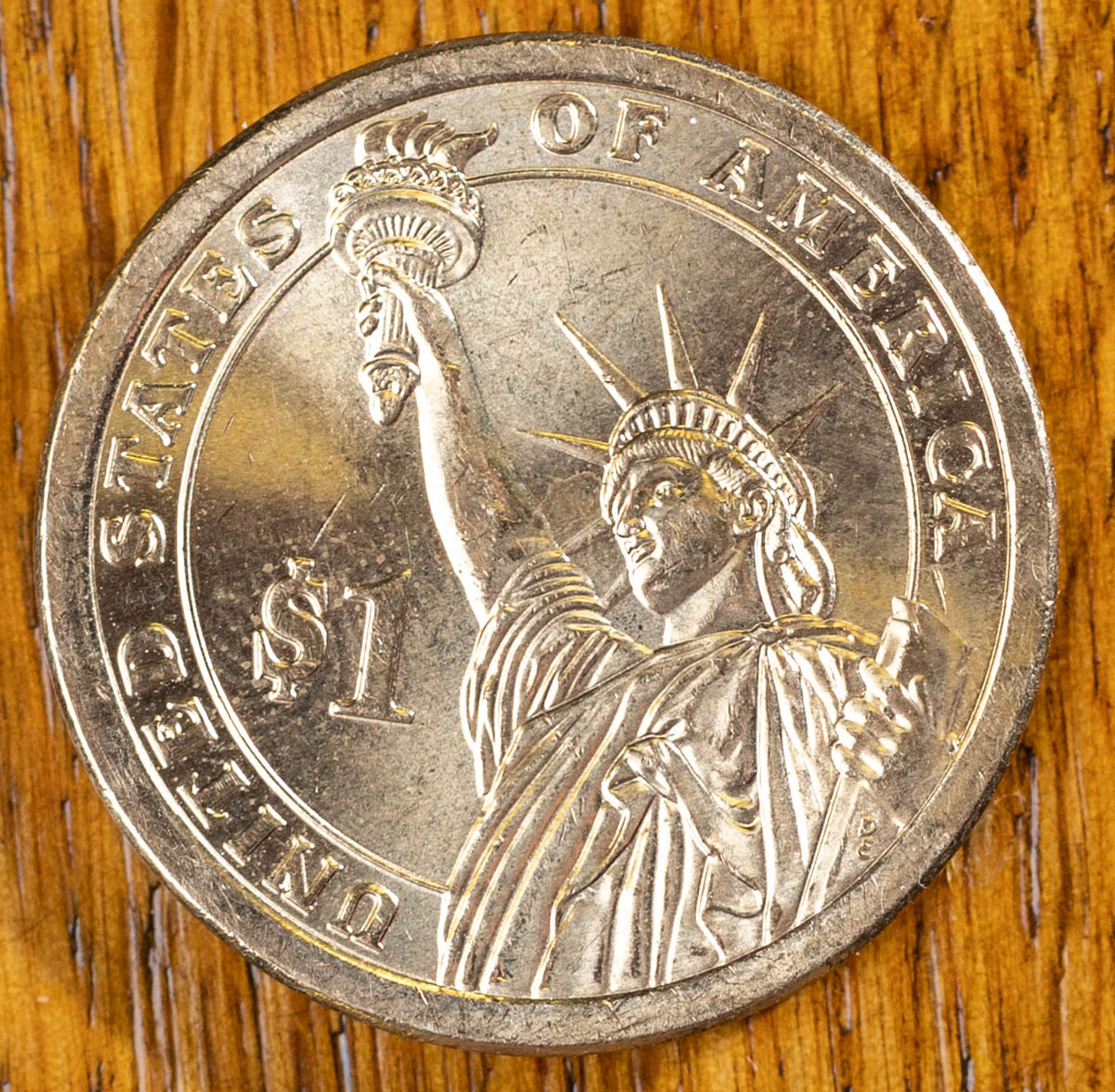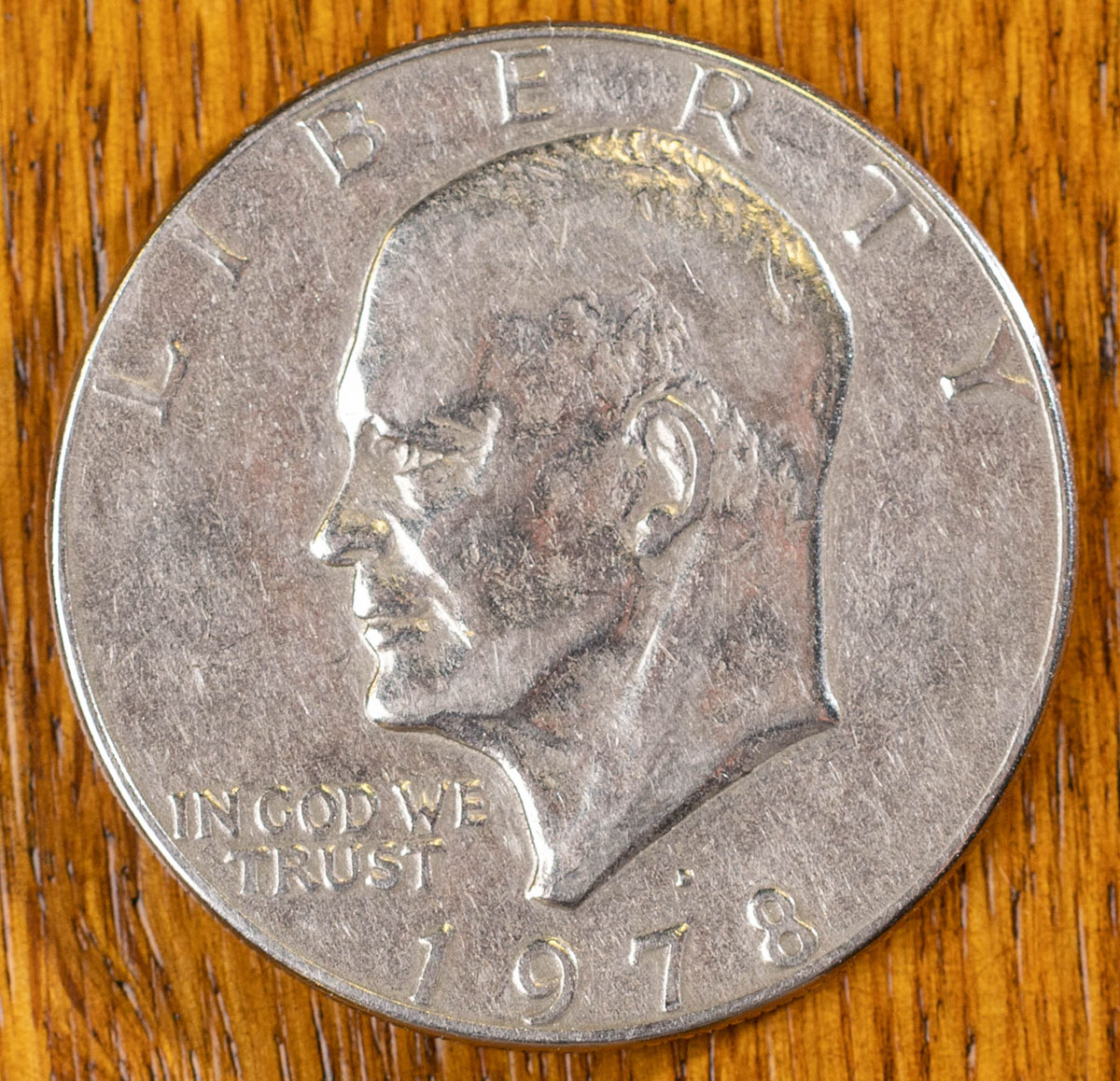OPINION|
I carry three coins in my pocket, not out of superstition, but because the three have meaning for me. The Kennedy half dollar, gold dollar piece, and Eisenhower silver dollar represent life lessons.
Kennedy half dollars date to 1964
I started collecting Kennedy half dollars as soon as they were minted starting in 1964, the year following President John F. Kennedy's assassination. I would trade dollar bills and other coins for them, and family members would occasionally contribute to my collection. The earlier the year of the minting, the better. By the early 1970s, I had about 80 — $40 worth.
In the spring of 1972, I was attending Kansas State University. I tell people I was on the “five year, three school plan” — K-State was my second school for years two and three. I was the oldest of five boys and our parents told us that we were going to get a college education, but they weren’t in a position to help much financially. We had to figure it out ourselves with scholarships, loans and part-time work. In the end, all five of us did earn college degrees.

In 1971-72, I was living in a four-bedroom house with three other guys. Keep in mind that the value of money — both income and expenses — was different back then. In the 1960s and ‘70s, you could earn enough money working minimum wage summer jobs to pay for a year of college. The bill for in-state tuition and fees for a semester at K-State, for example, was $168. Our monthly rent for the house was $150, so each of us owed $37.50. By mid-spring 1972, my funds were depleted, and the next check from my part-time job was a couple of weeks away. It didn’t matter. The rent was due.
I wanted to be independent and handle the situation on my own. I knew my parents weren’t able to help and I didn’t want to borrow any more money. I was out of options, so I cashed in my Kennedy half dollars to pay the rent. Knowing the value and seeing it was a collection, the bank teller asked me, “Are you sure you want to do this?” I answered her honestly, “No, but I don’t have a choice.”
I carry the Kennedy half dollar to remind me of two things: 1) keep your ultimate goals in mind and be willing to sacrifice to achieve those goals, and 2) don’t ever put yourself in that situation again.
Gold dollar piece stands out

Gold dollar pieces aren’t particularly rare, but they certainly aren’t common either. Paying in gold dollar pieces causes people to pause until they realize they aren’t silver quarters, but rather gold dollars — the two are about the same size. I have used gold dollar pieces several times for special occasions — as mementos for high school conference attendees and tips for hotel staff.
I carry the gold dollar piece to remind me to be creative, to be unique, to put a new twist on common topics. It is a reminder for me to always look for a way to stand out from the crowd.
Eisenhower silver dollar reminds of Greatest Generation
The late Ralph Manley gave me the Eisenhower silver dollar. Mr. Manley was a perfect example of the Greatest Generation — veteran, teacher, developer and builder, and long-time Springfield City Council member. We live in his subdivision, and he gave the coin to me one day when we greeted each other outdoors.
I considered myself fortunate to have gotten to know Mr. Manley a little, but don’t get the idea that I was special because he gave me the coin. During his lifetime, Mr. Manley gave out an estimated 10,000 of the Eisenhower silver dollars. Mr. Manley gave the silver dollars in exchange for him telling you his story.
Mr. Manley and his identical twin brother, Roland, went to fight in World War II. They were paratroopers. Roland was killed in training. Mr. Manley jumped behind enemy lines on D-Day. Before they took off for the nighttime drop, he and others in the 82nd Airborne met with then-General Dwight Eisenhower, which obviously had a profound impact on Mr. Manley. Mr. Manley was one of the last to jump out of his plane before it crashed.

Mr. Manley survived, but he lost his brother and saw unbelievable death and destruction in the war. After he returned home, he swore he would be grateful and optimistic every day for the rest of his life. When Mr. Manley died in 2019 at age 95, his obituary said it this way:
“In Ralph’s world, the glass was always full. After seeing what war was and what it did to people, he felt privileged to be a survivor and be able to work. And work he did — with optimism and a smile.
“He always said to us that God broke the mold when he was created. We have to admit he was right. He was one of a kind and leaves us with many life lessons and a love for the country that will be with us throughout our lives.
“‘All days are good, some are just better than others.’”
The Eisenhower silver dollar reminds me that if Mr. Manley could be optimistic after living through all of that, then surely I can be optimistic, too.
Those are the reasons these three coins are worth more to me than $2.50 in pocket change.


